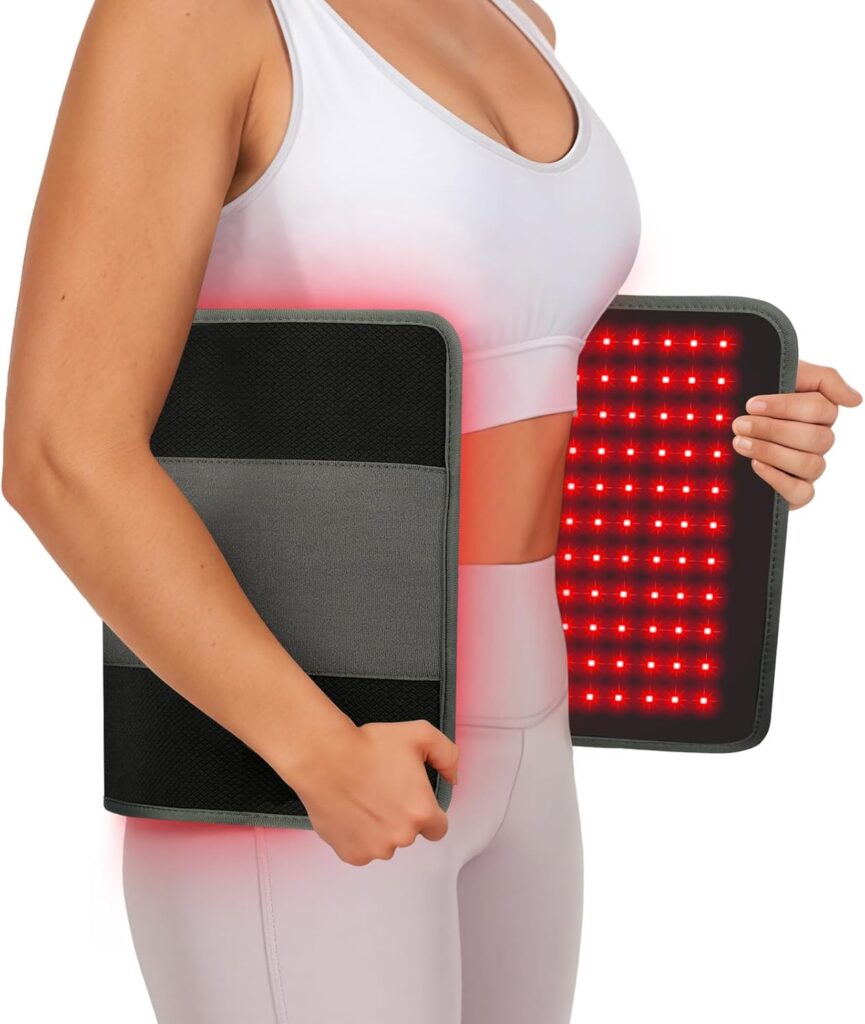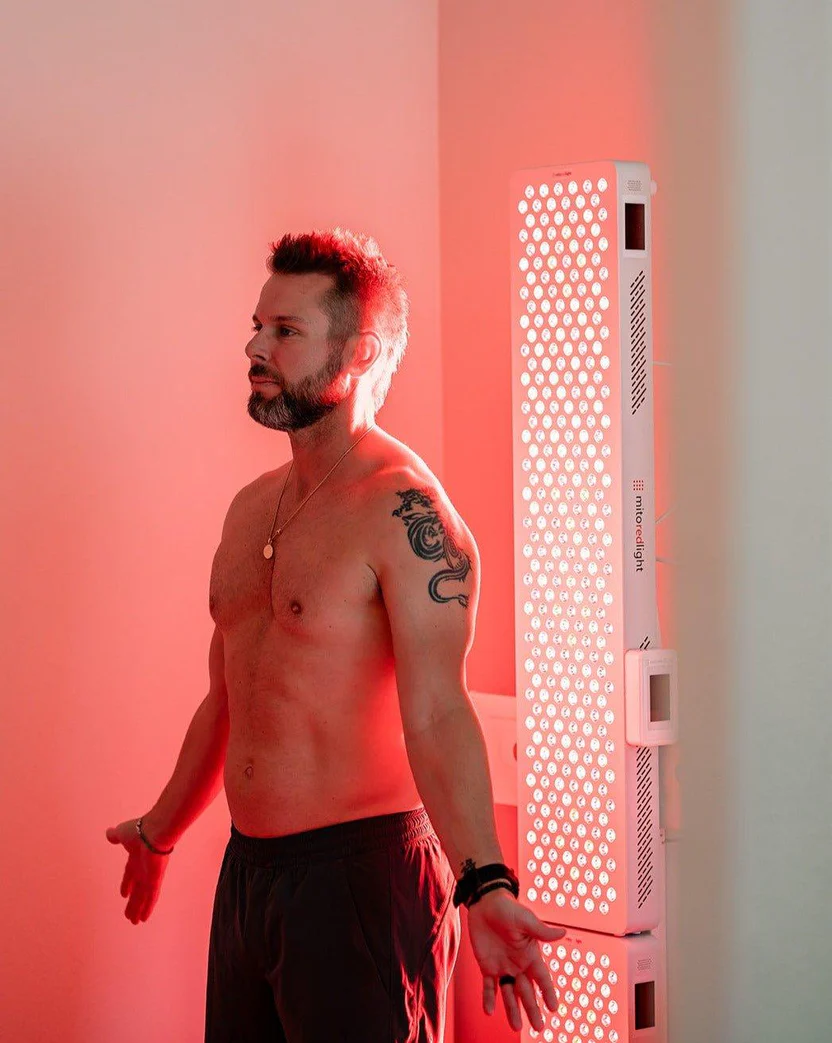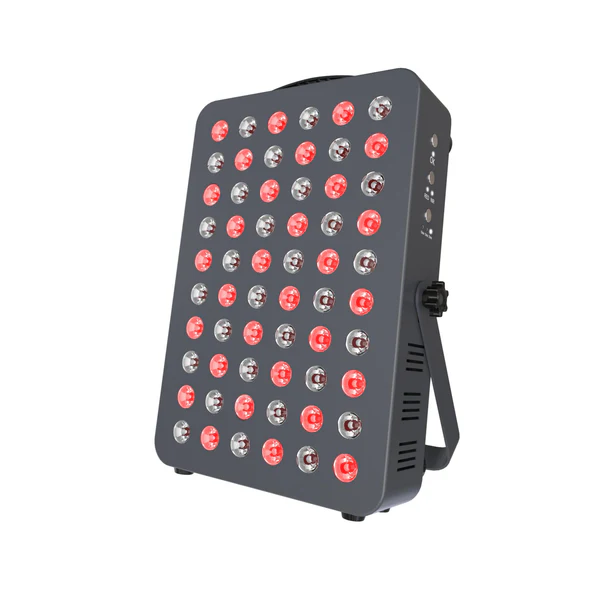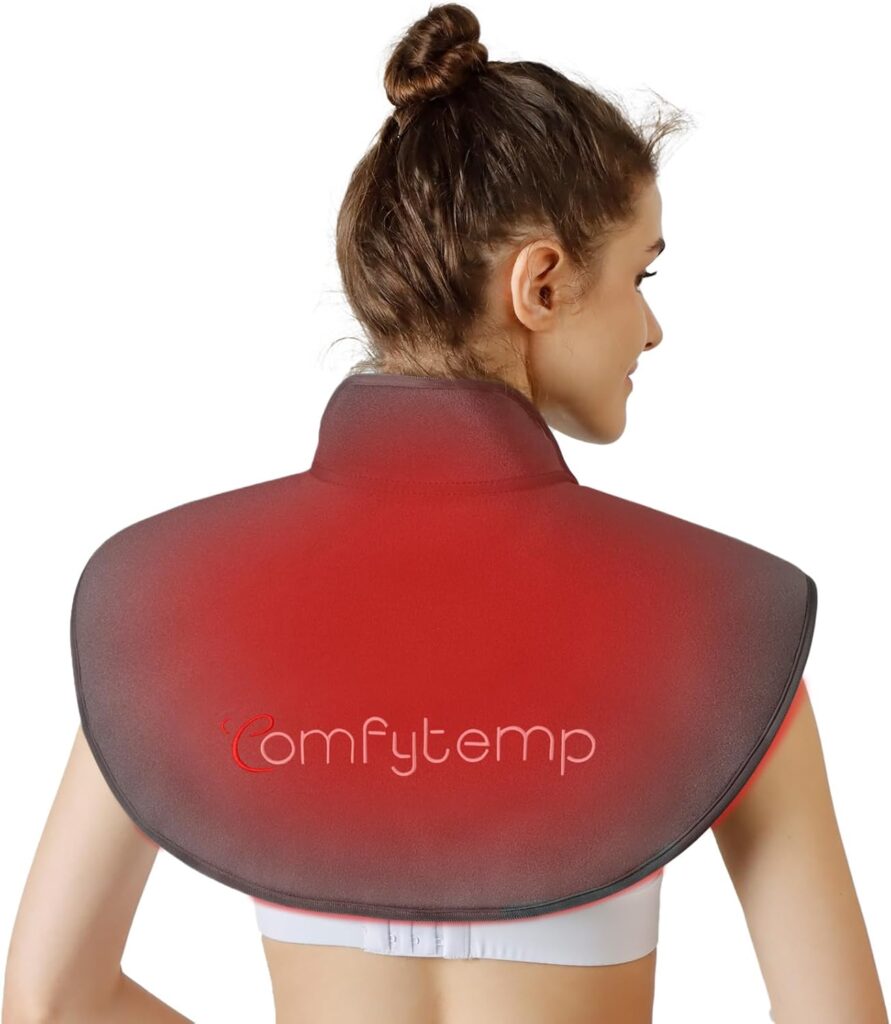When you think about improving your mobility, you probably envision stretching routines, yoga classes, or physical therapy sessions. But what if I told you there’s another tool in your mobility-enhancing arsenal that’s gaining momentum among fitness enthusiasts, physical therapists, and everyday individuals? It’s called red light therapy (RLT), and it’s proving to be a game-changer in the world of recovery, pain management, and overall movement.
In this article, we’ll explore how red light therapy can boost your mobility, relieve stiffness, and reduce discomfort, giving you the freedom to move better. We’ll also highlight popular and highly-rated red light therapy devices available on Amazon to help you get started.
What is Red Light Therapy?
Red light therapy involves exposing your skin to low levels of near-infrared light and red light. These light wavelengths penetrate your skin, stimulating cellular processes that help with healing and regeneration. Unlike UV rays from the sun, red and near-infrared light don’t damage your skin or cause burns. Instead, they work to repair tissues at a cellular level, encouraging the production of collagen, reducing inflammation, and improving circulation.
How Red Light Therapy Improves Mobility
Red light therapy is much more than a fancy light show. Here’s how it can make a significant difference in your mobility and ease of movement:
1. Relieves Joint Pain and Stiffness
Joint pain is one of the most common mobility challenges. Whether it’s due to arthritis, old injuries, or overuse, joint stiffness can make every movement feel like a chore. Red light therapy can penetrate deep into the tissues, helping reduce inflammation and stimulating cartilage repair.
A study published in the journal Lasers in Medical Science showed that red light therapy can significantly reduce pain and improve joint function in people with osteoarthritis. If you struggle with joint pain, this therapy might help you regain that fluidity in movement.
2. Promotes Muscle Recovery
After a tough workout or a physically demanding day, your muscles may feel tight and sore. Red light therapy has been shown to speed up muscle recovery by increasing blood flow to the affected areas. The enhanced circulation delivers oxygen and nutrients to your tissues, helping them heal faster.
3. Enhances Flexibility
A common issue with limited mobility is tight muscles and connective tissues. Red light therapy helps by promoting collagen production, which improves the elasticity of your muscles, ligaments, and tendons. This is particularly helpful for athletes, dancers, or anyone wanting to increase their range of motion.
4. Improves Circulation
Poor circulation can lead to cold extremities, sluggish recovery, and overall stiffness. Red light therapy boosts blood flow, ensuring that your muscles and joints are well-nourished. Improved circulation also removes waste products like lactic acid, which can cause soreness and limit movement.
5. Reduces Scar Tissue
Old injuries often leave behind scar tissue, which can restrict mobility. By stimulating collagen and elastin production, red light therapy helps soften scar tissue, making it more flexible and less painful over time.
Choosing the Right Red Light Therapy Device
Not all red light therapy devices are created equal. When choosing a product, consider the wavelength, intensity, and coverage area. The best devices typically emit light in the 630–670 nm (red light) and 800–880 nm (near-infrared light) ranges. Here are some highly-rated options you can find on Amazon:
1.Comfytemp Red Light Therapy Pad

Pro-Grade Red Light Therapy Pad: The red light pad has 242 lamp beads with each having 2 chips ( visible 660nm red light and 850nm invisible near infrared light). This device can be used on the back, stomach, shoulder for joint/muscle pain relief. Buy here.
2. Mito Red Light Therapy Panel

For a larger coverage area, the Mito Red Light Therapy Panel is a fantastic choice. This device is ideal if you’re looking to treat bigger areas like your legs or back. With a mix of red and near-infrared light, it’s versatile and effective for mobility improvement.
3. Hooga HG300 Red Light Therapy Device

The Hooga HG300 strikes a balance between affordability and effectiveness. It offers a combination of red and near-infrared light and is compact enough for home use. This device is great if you’re just starting your red light therapy journey. Buy here.
4. Comfytemp Red Light Therapy for Neck-Shoulder-Back Pain Relief

If you need a device specifically for neck and shoulder pain relief, this Comfytemp version is an excellent choice. This wearable device allows you to move around while enjoying the benefits of red light therapy.
How to Use Red Light Therapy for Mobility
Using red light therapy effectively doesn’t require any advanced skills or techniques. Here’s a simple step-by-step guide:
- Prepare Your Device
Place your device in a comfortable position, ensuring it’s close to the area you want to treat. For panels, stand or sit at the recommended distance. For handheld devices, hold them directly against the skin. - Cleanse Your Skin
Make sure the area you’re treating is clean and free of oils or lotions. This allows the light to penetrate more effectively. - Follow Usage Guidelines
Most devices recommend sessions of 10–20 minutes per area, up to 3–5 times a week. Be consistent to see the best results. - Combine with Stretching or Exercise
To maximize the benefits for mobility, combine red light therapy with gentle stretching or mobility exercises. The increased blood flow and reduced stiffness from the therapy can make these movements more effective. - Stay Patient
While some people notice improvements quickly, it may take a few weeks of consistent use to see significant changes in your mobility.
Red Light Therapy for Specific Mobility Issues
For Chronic Pain (e.g., Arthritis)
If arthritis is limiting your mobility, target the affected joints with a red light therapy device. Consistent use can help reduce inflammation, leading to better range of motion.
For Sports Injuries
Sprains, strains, and pulled muscles are common mobility blockers. Apply red light therapy to the injured area to speed up healing and reduce swelling.
For Lower Back Pain
Lower back pain can be debilitating. A red light therapy belt can provide targeted relief, making it easier to bend, twist, or perform daily activities.
For Post-Surgery Recovery
Red light therapy can be an excellent adjunct to physical therapy after surgery. It helps reduce scar tissue formation and improves flexibility in the affected area.
Red Light Therapy Safety Tips
Red light therapy is generally safe for most people, but here are a few precautions to keep in mind:
- Protect Your Eyes
Some devices emit bright light, so wearing protective goggles is recommended. - Don’t Overuse It
More isn’t always better. Stick to the recommended usage time to avoid overexposure. - Consult Your Doctor
If you have a medical condition, consult your doctor before starting red light therapy. - Monitor Skin Sensitivity
If you notice any redness or discomfort, reduce the duration or frequency of your sessions.
Testimonials and Success Stories
Many people have experienced remarkable improvements in their mobility with red light therapy. For instance:
- Amanda, a yoga instructor, found that red light therapy helped her recover faster after intense sessions, allowing her to maintain her flexibility and teach more classes.
- John, who suffers from arthritis, reported less pain and more fluid movement after just a few weeks of consistent use.
- Lisa, a fitness enthusiast, used a red light panel to reduce soreness after weightlifting, enabling her to stick to her workout routine.
Is Red Light Therapy Right for You?
If you’re looking for a non-invasive, drug-free way to enhance your mobility, red light therapy might be worth considering. Whether you’re dealing with chronic pain, recovering from an injury, or simply looking to improve your range of motion, this therapy offers a promising solution.
With a range of products available on Amazon, getting started is easier than ever. Try incorporating red light therapy into your routine, and you might just find yourself moving more freely and living life to the fullest.